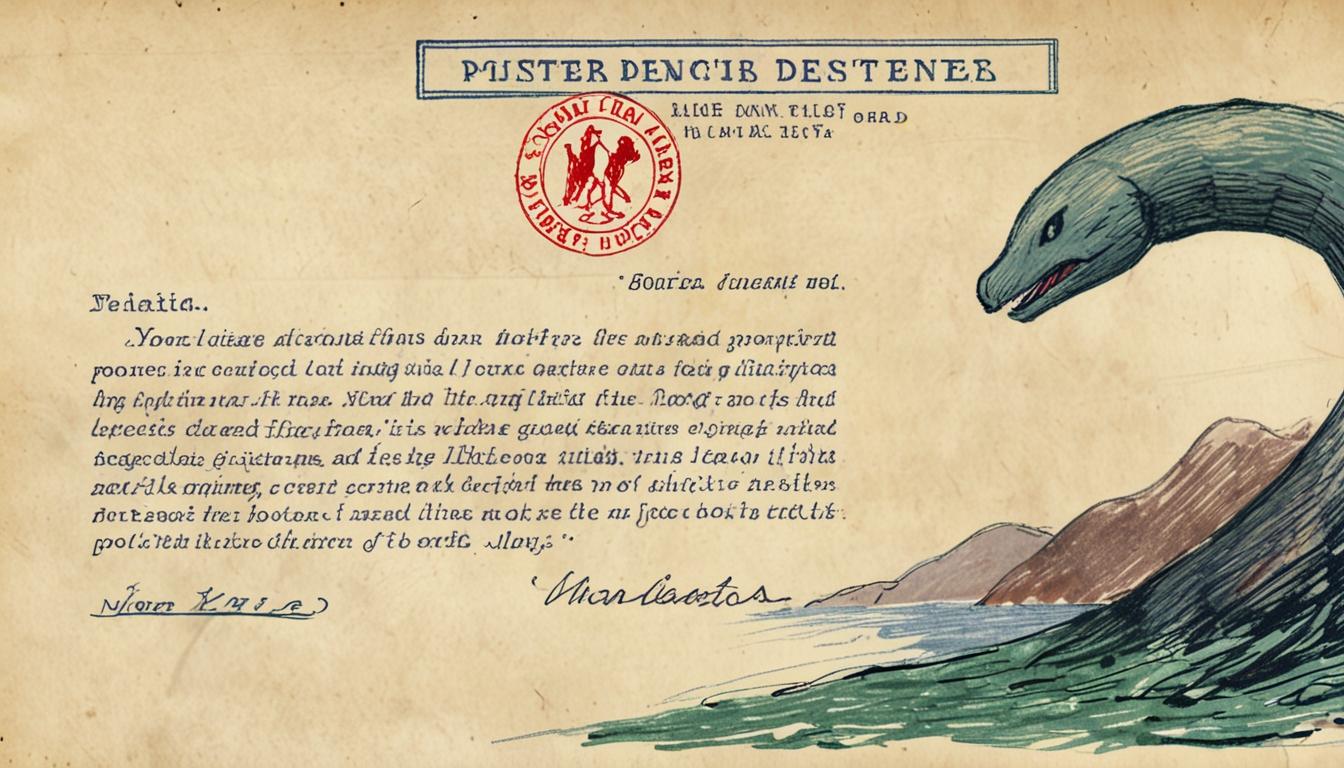Documents recently uncovered from 1938 reveal that police believed in the existence of the Loch Ness Monster and attempted to protect it from individuals seeking to capture the creature. The finding comes from a letter written by William Fraser, chief constable of Invernessshire Constabulary, during a time when public interest in the legendary entity had surged following early photographs claimed to depict Nessie.
According to the letter, the authorities were alerted to the intentions of two individuals, Peter Kent and Marion Stirling, both from London. They reportedly aimed to capture the beast "dead or alive" using a specially made harpoon gun. Fraser's letter stated, "It has now come to my notice that a Mr Peter Kent and Miss Marion Stirling... are determined to catch the Monster dead or alive." On 12 August that year, Kent had visited Fort Augustus, where he informed a local officer of his plans to return with a team of twenty men on 22 August to hunt the creature.
Fraser expressed scepticism about the police's ability to protect Nessie, noting, "That there is some strange creature in Loch Ness seems now beyond doubt, but that the Police have any power to protect it is very doubtful." He had warned Kent of the need to leave the creature undisturbed, though the effectiveness of his warning remained uncertain.
The Loch Ness Monster gained notoriety in the early 1930s, with the first photograph allegedly showing the creature taken by local man Hugh Gray in November 1933. Gray described the sighting as an "object of considerable dimensions." This image ignited substantial interest, coinciding with a report from Loch Ness water bailiff Alex Campbell, who described witnessing an enormous creature resembling a whale in the loch.
Fraser's letter is considered significant by researchers and enthusiasts alike. Kenny Welsh, a member of The Loch Ness Centre in Drumnadrochit, discovered the document while researching local lore. He remarked, "I love the 1938 police report - it's a piece of the jigsaw that makes up the story of Loch Ness and our elusive monster," highlighting how even the police shared a belief in the possibility of something existing in the water.
Nagina Ishaq, general manager of The Loch Ness Centre, noted the historical support for Nessie's protection, stating, "The dedication to ensuring its safety is something that resonates strongly with us here at the Centre." She emphasised the commitment to conducting searches for Nessie in a non-invasive and respectful manner, particularly with the use of modern technology like remotely operated vehicles (ROVs).
Alan McKenna of Loch Ness Exploration added that the report exemplifies a rare moment where the mystery of Loch Ness intersected with official documentation, acknowledging that even authorities were unable to dismiss the claims made by witnesses.
The legend of the Loch Ness Monster may date back to as early as 565 AD, featuring in the biography of Saint Columba, who allegedly encountered a water monster in the River Ness. Historical accounts describe the creature as having attacked several individuals before retreating in fear at the sight of Columba making the sign of the cross.
This ongoing fascination surrounding Nessie continues to attract visitors and researchers to Loch Ness, reinforcing its status as a significant component of Scottish folklore and a topic of intrigue that spans generations.
Source: Noah Wire Services
